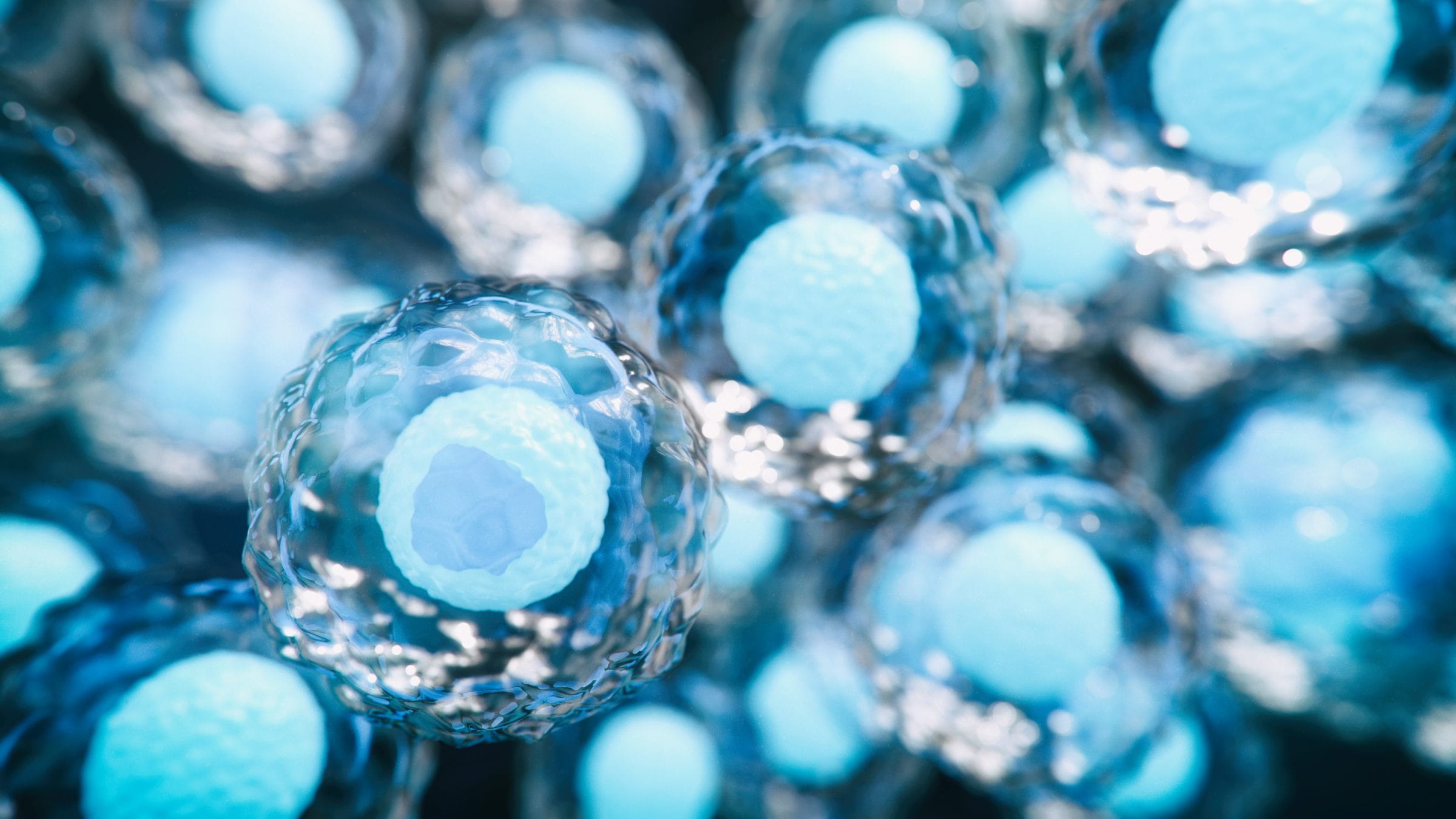
When my patients ask me to explain how bone marrow works in our bodies, I tell them it’s like a factory inside our bones.
Just like factories churn out many of the things we need for everyday life, bone marrow churns out the stem cells that make up all our blood cells: red blood cells, white blood cells and platelets.
It’s mainly found inside the hip, spine and sternum bones.
Inside the blood cell factory
The blood cells made in the bone marrow each have an important role to play in keeping us healthy:
- White blood cells fight infection.
- Red blood cells carry oxygen throughout the body to give us energy.
- Platelets help blood clot to prevent excessive bleeding.
White blood cells and the immune system
White blood cells come in various forms.
Neutrophils and macrophages attack materials that could cause bacterial or fungal infections.
Lymphocytes fight bacterial, fungal and viral infections. Cells referred to as “T” lymphocytes protect us mainly from viruses, while cells called “B” lymphocytes make the antibodies that fight off infections.
Bone marrow diseases
When bone marrow is diseased, there’s some sort of factory malfunction. That could mean certain cells aren’t made at all, or they’re abnormal, or too many are produced. Depending on the specific types of cells affected, this can make us more susceptible to infections, prevent our blood from clotting or cause low oxygen levels and fatigue or shortness of breath.
Inherited bone marrow failure syndromes
Bone marrow failure syndromes are classically associated with childhood illness or genetic mutation, meaning they’re inherited — passed down from one or both parents.
Symptoms depend on the type of cells affected, and a bone marrow transplant is usually required.
Acquired bone marrow failure syndromes
Acquired bone marrow failure can develop randomly, either due to an acquired genetic mutation or with no determined cause other than bad luck. Secondary bone marrow failure syndromes are caused by infection, toxins or vitamin deficiency.
Symptoms of these syndromes also depend on the type of cells affected, and they may require a bone marrow transplant or addressing the secondary cause.
Bone marrow cancers
There’s a wide range of bone marrow cancers, also commonly referred to as blood cancers, marked by invasion of the bone marrow by cancer cells. These cancers can sometimes be inherited, and in the past have been caused by toxic agents, but generally these occur by chance.
They’re grouped into two categories:
- Chronic, or slow-growing
- Acute, or fast-growing
Different blood cancers may affect different types of blood cells, and most affect the white blood cells, suppressing the immune system and making patients prone to infection. However, it’s possible that cancer cells can overtake the normal space in the bone marrow, so all three types of blood cells are affected, making patients more prone to infection, anemic and fatigued, and with blood clotting concerns.
Myeloproliferative neoplasms (MPN): Different subtypes of these diseases affect the red blood cells, platelets or all three blood cell types. They’re chronic and generally treated with supportive care and/or “targeted” agents, which target and kill specific proteins that abnormal cells need to survive.
Myelodysplastic syndrome (MDS): In patients with this disease, the bone marrow doesn’t make blood cells correctly. This can affect anywhere from one type to all three types of blood cells. We use supportive care, newer types of chemotherapy and bone marrow transplant (also referred to as stem cell transplant) to treat MDS.
Leukemias: The main chronic leukemias are chronic lymphocytic leukemia (CLL) and chronic myeloid leukemia (CML). The two main types of faster-growing leukemias are acute lymphocytic leukemia (ALL) and acute myeloid leukemia (AML). Myeloid and lymphocytic leukemias both affect certain types of white blood cells and can affect red blood cells and platelets as well.
Leukemias are treated with classic intravenous (IV) chemotherapy, newer targeted treatments that go after a specific protein, or immunotherapies, which either target the cancer cell for immune destruction or use engineered immune cells to kill the cancer cell.
Chronic leukemias and ALL can be treated with targeted therapies and immunotherapies. Targeted therapies may be used to treat AML patients, though they haven’t been found to cure the disease. For AML and some types of ALL, a bone marrow transplant is required for a cure. Bone marrow transplants are rare for patients with chronic leukemias. Treatments cause a decrease in numbers of all three types of blood cells, so side effects can be difficult. We try to manage them through the adjustment of dosages or timing of treatments.
Bone marrow transplants
Bone marrow/stem cell transplants involve replacing bone marrow that’s diseased or doesn’t work. A transplant can restore the immune system to fight certain cancers or allow the patient to receive aggressive treatments.
Healthy cells often are harvested from a donor. However, they also can be taken from the patient and replaced after aggressive treatments. Heathy cells also can sometimes be retrieved from the umbilical cord after baby’s birth.
Symptoms and prevention of bone marrow diseases
Symptoms of bone marrow disease can include fevers, tiredness, trouble breathing, bleeding/clotting issues, repeated infections, or infections that don’t go away. Unless it’s known that a patient carries a genetic mutation, there are no routine screenings for bone marrow diseases.
These diseases are often life-altering for the patients and families who manage them. By the numbers, they’re relatively rare. For example, an estimated 61,000 people are diagnosed with a leukemia in the U.S. each year, about 3.2% of all new cancer cases. About 282,000 women are diagnosed with breast cancer (about 14.8% of new cancer cases), and about 236,000 people are diagnosed with lung cancer (about 12.4% of new cases).
Bone marrow diseases are something the general population doesn’t need to be too worried about. To keep bone marrow healthy, do the same things you do to keep your entire body healthy: Eat a well-balanced diet, exercise, don’t drink too much alcohol and don’t abuse drugs.
There’s nothing more specific that will improve your immune system or other blood cell functioning. Take a pass on the herbal remedies, teas or pills that claim to “boost” immunity, and stick to those healthy habits you learned in elementary school.





